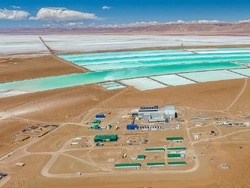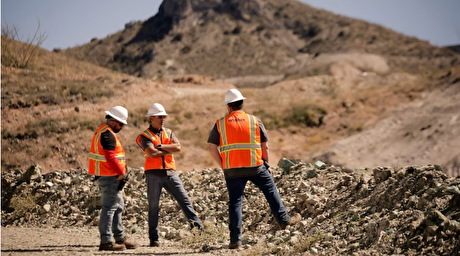
Li, Co output may rise 500pc by 2050: World Bank

But these minor metals, which a new World Bank report terms concentrated minerals, are needed for just one or two technologies and so possess higher demand uncertainty, given technological disruption and deployment could significantly impact their demand.
Graphite, lithium and cobalt are primarily used in energy storage technologies such as lithium-ion batteries, with battery storage accounting for all graphite and lithium demand in the report, Minerals for Climate Action: The Mineral Intensity of the Clean Energy Transition.
Graphite, which is the anode material used in lithium-ion batteries, is likely to account for nearly 53.8pc of total demand from energy storage technologies up to 2050. Graphite production would need to rise to 4.5mn t/yr by 2050 to meet demand, or a combined 68mn t over the period, up from 2018 production levels of 930,000 t/yr, according to the report.
Nickel, which is needed for cathode production in NMC (nickel-manganese-cobalt) and NCA (nickel-cobalt-aluminium) batteries, accounts for the second-highest demand level at 18.6pc. Cobalt and lithium are expected to account for 6.2pc and 4pc, respectively, of total demand up to 2050.
Around 644,000 t/yr of cobalt needs to be produced to meet demand by 2050, up from 2018 production levels of 140,000 t/yr. And lithium output needs to rise to 415,000 t/yr from 85,000 t/yr in the same comparison, according to the report.
Minerals of the future
By comparison, cross-cutting minerals such as copper, chromium and molybdenum are used in a wide range of clean energy generation and storage technologies and have stable demand, as their use does not depend on any specific clean energy technology.
Molybdenum and copper are used in at least eight clean energy generation and storage technologies, so even if technological improvements and cost reductions, and the deployment of new technologies, were to occur, these would have little impact on the metals' overall demand, according to the report.
For copper, the highest share of demand comes from solar photovoltaic (PV) and wind, which together account for 74.2pc of all copper demand. Solar PV will also account for the majority of aluminium demand from clean energy technologies at 87pc, while wind and geothermal will account for most zinc and titanium demand at 98pc and 64pc, respectively.
"Demand for some base metals such as aluminium and copper appears to be smaller in percentage terms [compared with lithium, cobalt and graphite], but their absolute production figures are significant at 103mn t and 29mn t by 2050, respectively," the report said.
Hitting the low-carbon target
The report estimates more than 3bn t of minerals will be needed to deploy energy storage, solar PV, wind and geothermal technologies to reach a 1.5-2°C future. "A low-carbon future will be very mineral intensive because clean energy technologies need more materials than fossil-fuel-based electricity generation technologies," it said.
It echoes expectations by the European Commission that moves towards low-carbon economies will drastically increase demand for metals used in renewable energy technologies.
By Reena Nathan

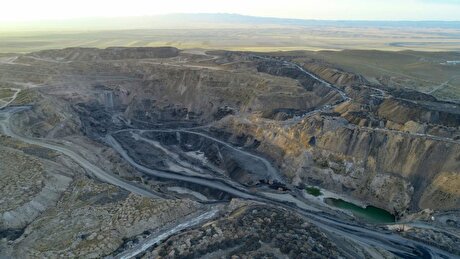
Uzbek gold miner said to eye $20 billion value in dual listing

Peabody–Anglo $3.8B coal deal on the brink after mine fire
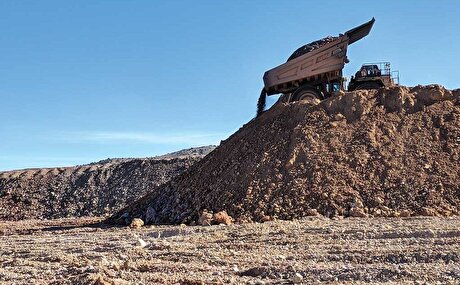
Minera Alamos buys Equinox’s Nevada assets for $115M
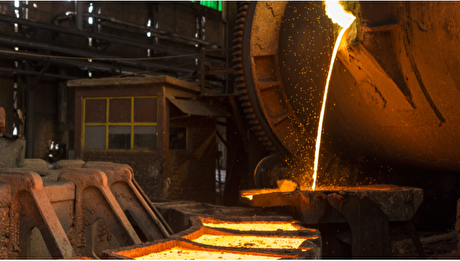
Adani’s new copper smelter in India applies to become LME-listed brand
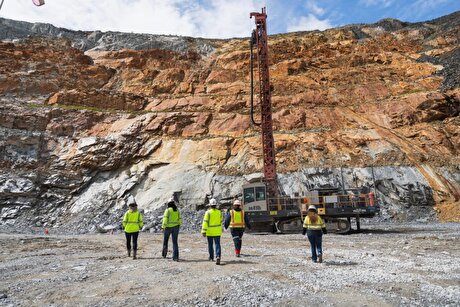
OceanaGold hits new high on strong Q2 results
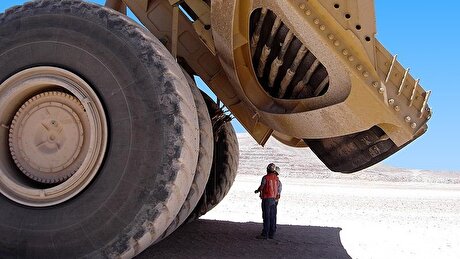
Cochilco maintains copper price forecast for 2025 and 2026
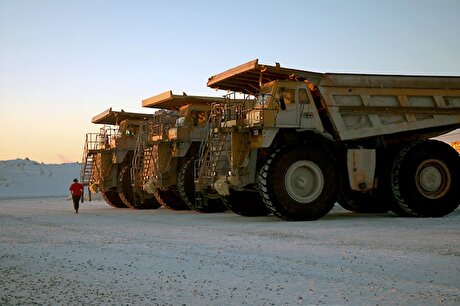
Discovery Silver hits new high on first quarterly results as producer

Trump says gold imports won’t be tariffed in reprieve for market

De Beers strikes first kimberlite field in 30 years

UBS lifts 2026 gold forecasts on US macro risks
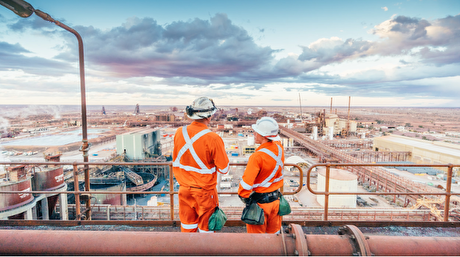
BHP shares near priciest valuation since 2021 on shift to miners

African Rainbow boosts Surge Copper stake to 19.9%
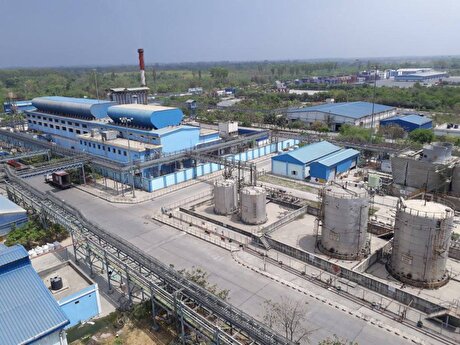
Hindustan Zinc to invest $438 million to build reprocessing plant
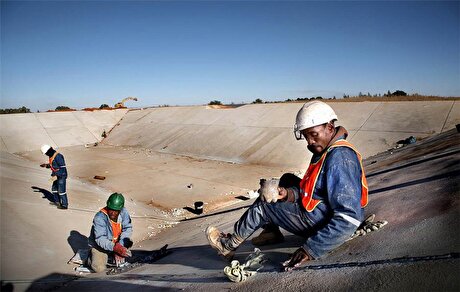
South Africa mining lobby gives draft law feedback with concerns

Wooden church sets off on slow Swedish road trip to escape mining subsidence
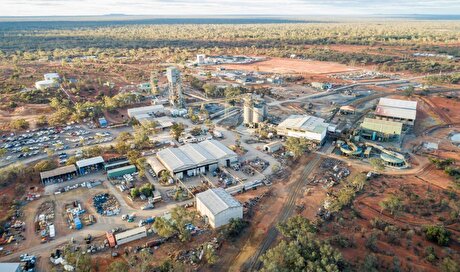
Harmony Gold’s MAC Copper takeover gets regulatory nod

Povrly Copper Industries orders a breakdown rolling mill for high-quality copper, brass, and bronze strip production
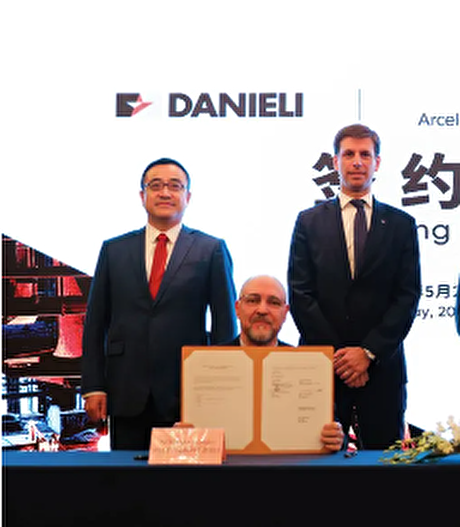
Advanced cold-rolled strip for China’s New Energy Vehicle market
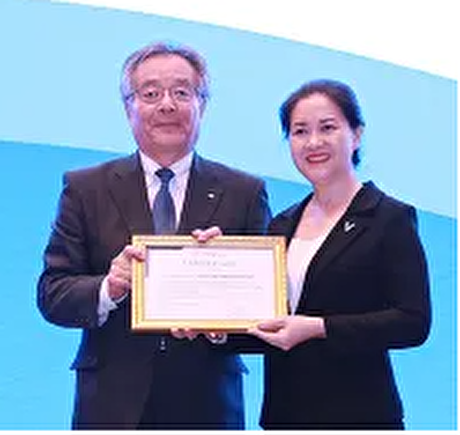
A Danieli greenfield project for competitive, quality rebar production

UBS lifts 2026 gold forecasts on US macro risks

BHP shares near priciest valuation since 2021 on shift to miners

African Rainbow boosts Surge Copper stake to 19.9%

Hindustan Zinc to invest $438 million to build reprocessing plant

South Africa mining lobby gives draft law feedback with concerns

Wooden church sets off on slow Swedish road trip to escape mining subsidence

Harmony Gold’s MAC Copper takeover gets regulatory nod

Povrly Copper Industries orders a breakdown rolling mill for high-quality copper, brass, and bronze strip production

Advanced cold-rolled strip for China’s New Energy Vehicle market

